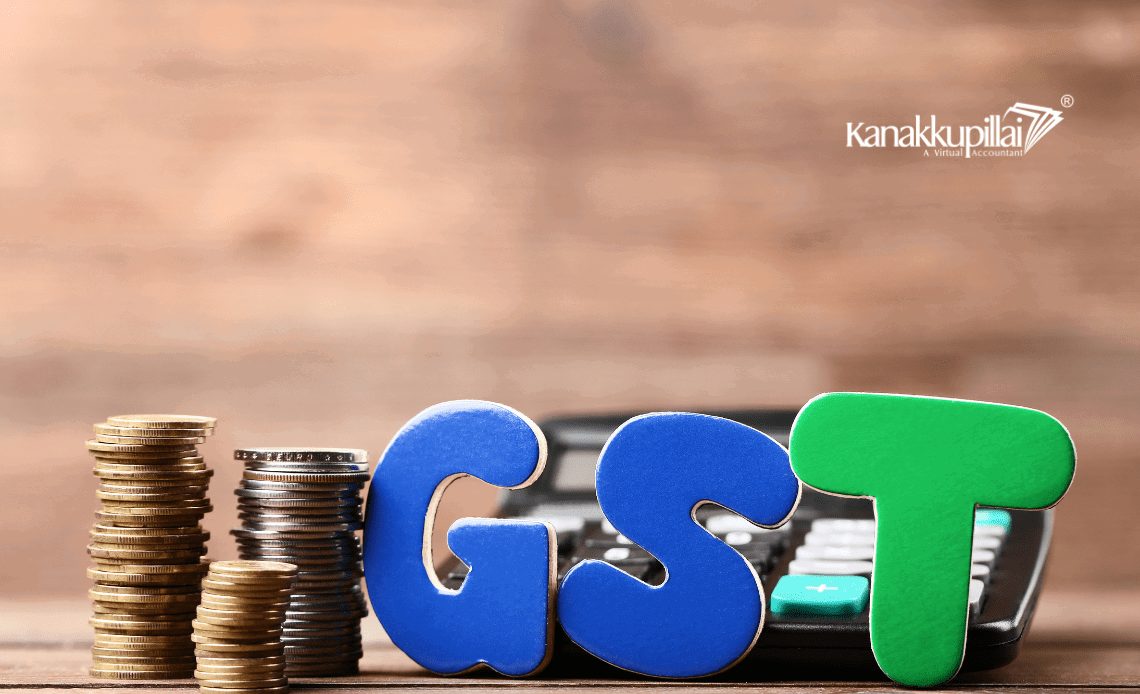The fact that Direct Taxes collection by the Indian government for 2018-19 has fallen short of its original target of Rs. 12 Lakh Crore is old news, and Kanakkupillai team has already shared this update earlier with its readers.
Recognizing the implications of this shortfall on the fiscal budget, the central government is exploring the possibility of implementing another robust measure to contain tax evasion, particularly in the B2C segment, in addition to the steps taken earlier.
Team Kanakkupillai is proud to share with its readers that we successfully help businesses apply for, file, and register GST certificates, as well as file GST returns.
NOW!!! Meanwhile, let’s understand the earlier initiatives launched by the government–
A) The first measure taken by the government was on 1st April 2018, when the electronic bill, also known as the e-way bill, was rolled out for moving goods worth over INR 50,000 from one state to another. The second phase of this measure saw the implementation of an e-way bill for moving goods within the same state as well. Several malpractices in e-way bill generation prompted the government to amend this system by introducing auto-collection of the distance between the source and destination based on PIN codes. Keeping in mind the margins of distance travelled, the government allowed users to add a maximum of 10 percent of the distance beyond the auto distance displayed on the bill.
For example, if the total distance between Points X and Y based on PIN codes is 500 km, then the user is allowed to enter the actual distance covered as 550 km (500 km + 50 km).
Additionally, the government restricted the generation of multiple e-way bills based on a single invoice. This means that if an e-way bill is generated once with a particular invoice number, then none of the parties—consignor, consignee, or transporter—can generate another e-way bill with the same invoice number.
B) The second measure taken by the government was the implementation of the Reverse Charge Mechanism. RCM means that the receiver of goods & and services from an unregistered supplier becomes liable to pay the tax, i.e., the chargeability gets reversed. Usually, it is the supplier of goods & services who pays the tax supply. The government launched RCM, effective October 1, 2018.
C) As a third measure, the government made TDS and TCS provisions under GST as applicable from 1st October 2018. The maximum rate of TDS was made 2% under GST, and the rate of TCS was notified as 1% of net taxable supplies for inter-state supplies.
D) The fourth robust measure ‘under consideration’ by the government now is the introduction of electronic invoicing under GST. This would translate into businesses issuing invoices or bills directly via the GST network. This data will be available to the authorities instantaneously.
Slotted to be a good mechanism to clamp down on tax evasion, this will also benefit businesses by reducing the compliance burden on them. Since the invoices will be issued via GSTN, there will be no need to update information. Towards the exact cause, the GST council has set up a committee to study the feasibility of e-invoicing within the GST framework. The committee includes GSTN Chief Executive Prakash Kumar, GST officials from state and central governments as members, and GST Council special secretary Rajeev Ranjan as the convenor.
Our expert team of specialists can help you with the following business scenarios-
- If you run a business in India, you will have to register for GST.
- If your turnover is over 20 Lakhs per annum, you need to start filing GST Returns, & In the case of Special Category States, at Rs 10 lakhs.
- If you already have an indirect tax registration, you will have to convert it into a GST registration.





